Is English whisky becoming a worthy opponent for its Scottish rival?
We’ve all heard the hype about English gin and sparkling wine, but those with an eye on the future should look to whisky, says Rupert Ponsonby.
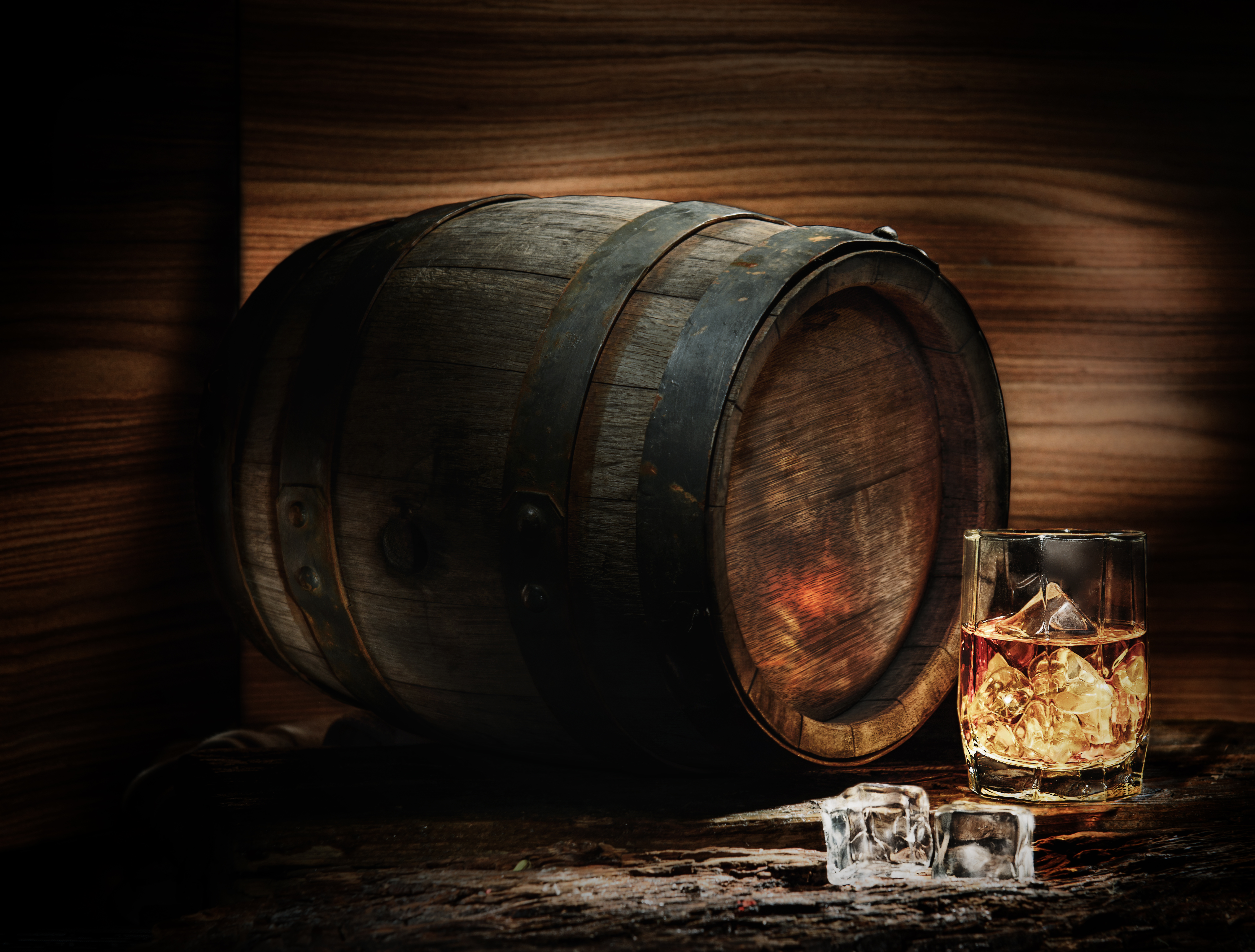

English whisky is set to fly – and about time, too, I reckon. Gin’s renaissance should be a lesson for us, an inspiration. Sipsmith was the pioneer, battling against officialdom until, one day in 2009, a fax stuttered in from Her Majesty’s Revenue and Customs to say ‘Yes, go make gin’. It was the first copper-pot based distillery in London for 189 years.
We’re all aware that Scotland is the king of whisky, but it’s little known that 70%–80% of all gin produced in the UK comes from Scotland, too. However, amazingly, England now has more distilleries than Scotland, according to HMRC, with 166 distilleries compared with 160 in the burnished north. Of the 54 new distilling businesses firing up in 2018, 39 were in England, 11 in Scotland, two in Wales and two in Northern Ireland.
The beauty of gin and vodka is that they can be distilled, bottled and sold within three weeks. Compare that with whiskies, which use expensive barrels and need lots of handling time, plus space for storage. Then there is the legal minimum for three years of ‘ageing’, bottling costs and all that goes with it. Gin is providing the cash flow for so many new distillers, but it’s the higher-value English whisky that could be a nest egg for the future.
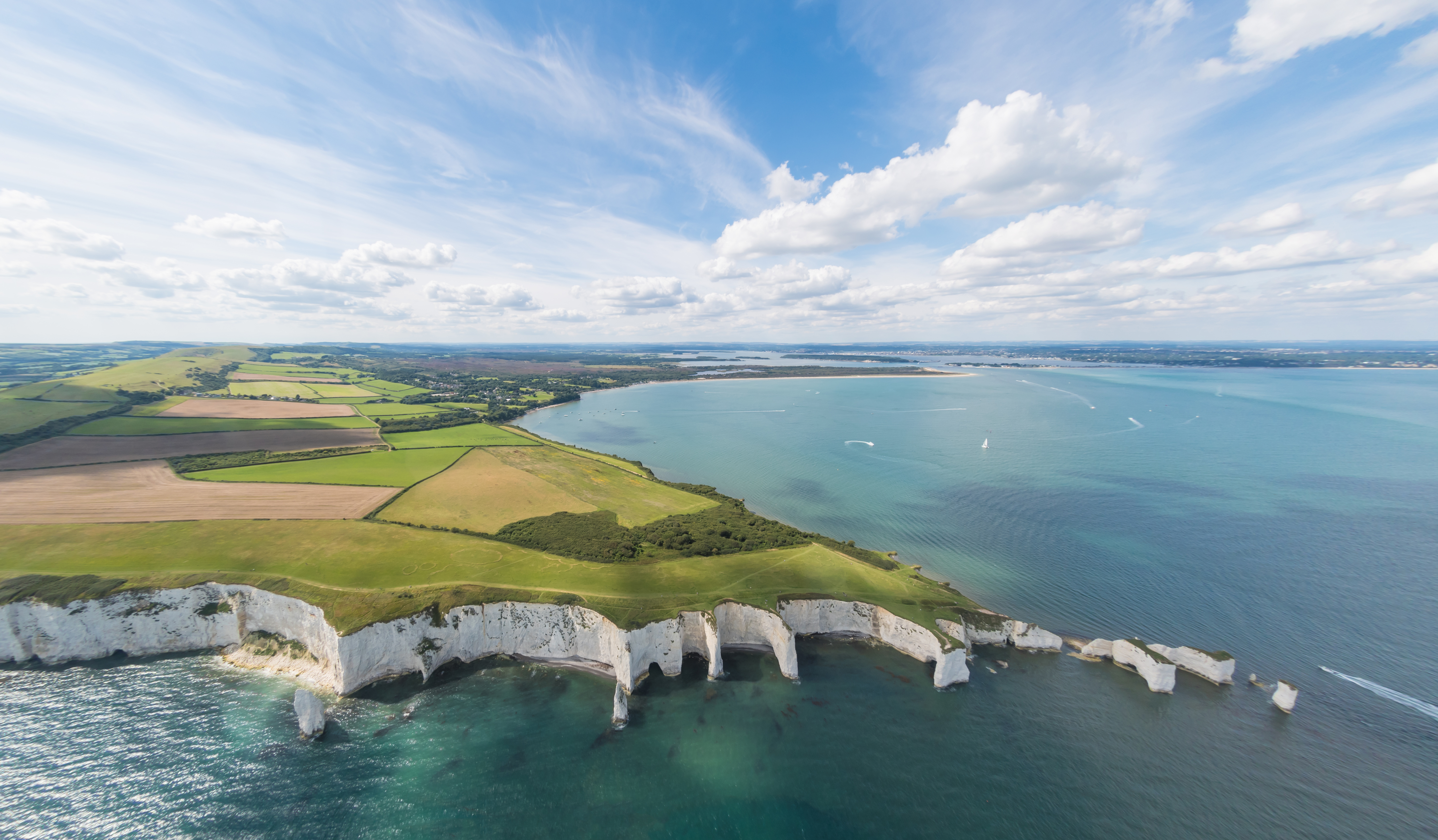
In 1887, Alfred Barnard visited the few producers in England for his great book The Whisky Distilleries of the United Kingdom. He named 10, but visited only four, so it’s likely that the other six were producing industrial alcohol or gin instead.
The four visited by Barnard were the Bristol Distillery, established in the 17th century, which made only ‘grain’ whisky – highly rated as a blending material in Scotch and Irish whiskies; the Vauxhall Distillery in Liverpool, founded in 1781 and producing only grain whisky; the Bank Hall Distillery in Liverpool, which produced grain and malt whisky; and the Lea Valley Distillery, Stratford, London, which produced whiskies of both grain and (barley) malt and closed down in 1905.
That marked the end of single-malt production in England until 2003. This lack of great history means the English whisky industry has the chance to develop its own style, free from the shackles of the past.
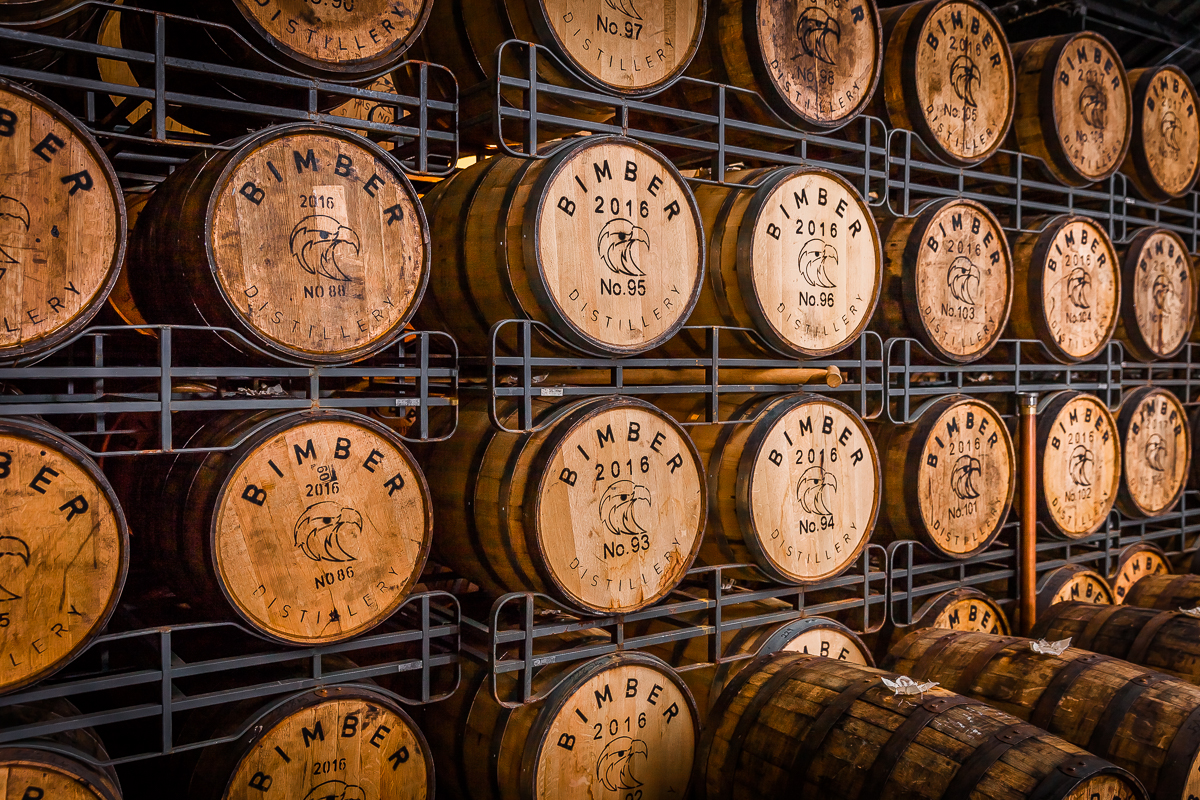
Scotch single malt is governed by the Scotch Whisky Regulations 2009, which define production, packaging and advertising. By comparison, English whisky abides by an EU Regulation of 2008, which, although largely similar, opens the door mentally to innovation. ‘The most significant difference in regulations between Scotch and English whisky is that the latter isn’t bound to only using oak casks,’ explains whisky writer Dave Broom.
Sign up for the Country Life Newsletter
Exquisite houses, the beauty of Nature, and how to get the most from your life, straight to your inbox.
According to Brewer and Distiller International magazine, English whisky ‘can be made from any cereal, including rye, oats, barley and wheat; distilled in any type of still, and matured in casks made from whichever wood they choose (maple, chestnut, cherry, oak), and pre-filled or not with sherry, port, rum, whiskey or whatever takes the distiller’s fancy’.
The mere fact that England is warmer than Scotland may well also change the speed and manner in which the whiskies will age in the barrel and produce riper flavours.
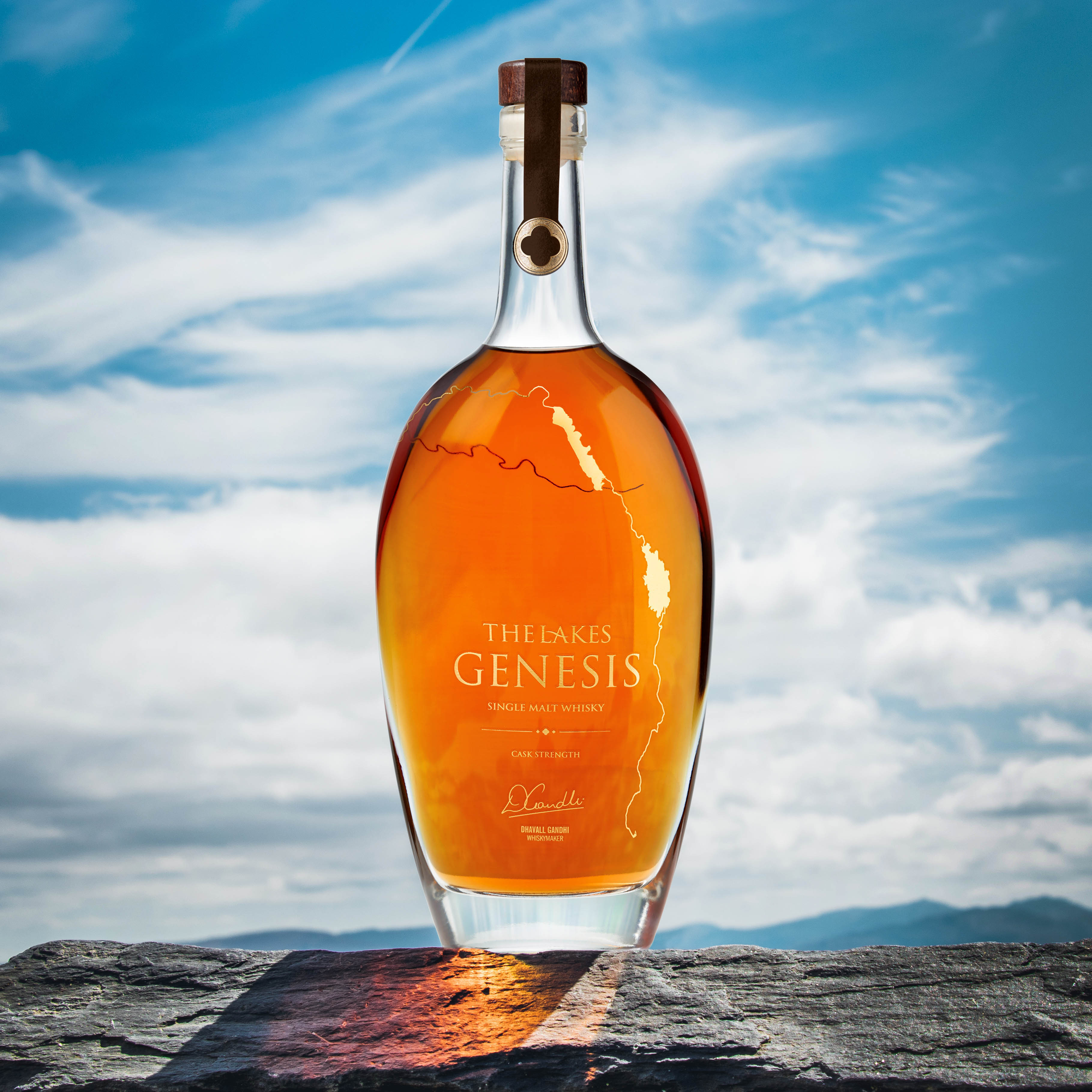
Back in 2003, Hicks & Healey of Cornwall (www.healeyscyder.co.uk) was the pioneer in England (Penderyn of Wales started in 2001). It combined the prowess of St Austell’s brewery with the stills and innovation of Healey’s cider farm in what was largely an academic project, but its 2011 single-malt Cornish Whiskey (note the ‘e’) was voted the best new release of 2011.
In 2006, St George’s Distillery in Norfolk (www.englishwhisky.co.uk) followed suit, launching its first three year old in 2009. The farming Nelstrop family is the biggest English producer and has a powerful reputation for its many peated and non-peated whiskies, aged in barrel on the farm and bottled on site using its own water.
Adnams of Suffolk, the canny brewer, started distilling in 2010 and launched a 2013 bottling from new French and American oak barrels. It now makes Single Malt No:1, with aromas of apricot and honey, and Triple Grain No:2, with musings of chocolate and spice – both at 43% ABV.
The Cotswolds Distillery in Shipston-on-Stour, Warwickshire, released its first three-year-old whisky in 2017, using former Bourbon barrels and re-charred red-wine casks. It prices sensibly and presses the ‘local’ button by committing to using only Cotswold malts in all of its single-malt whiskies.
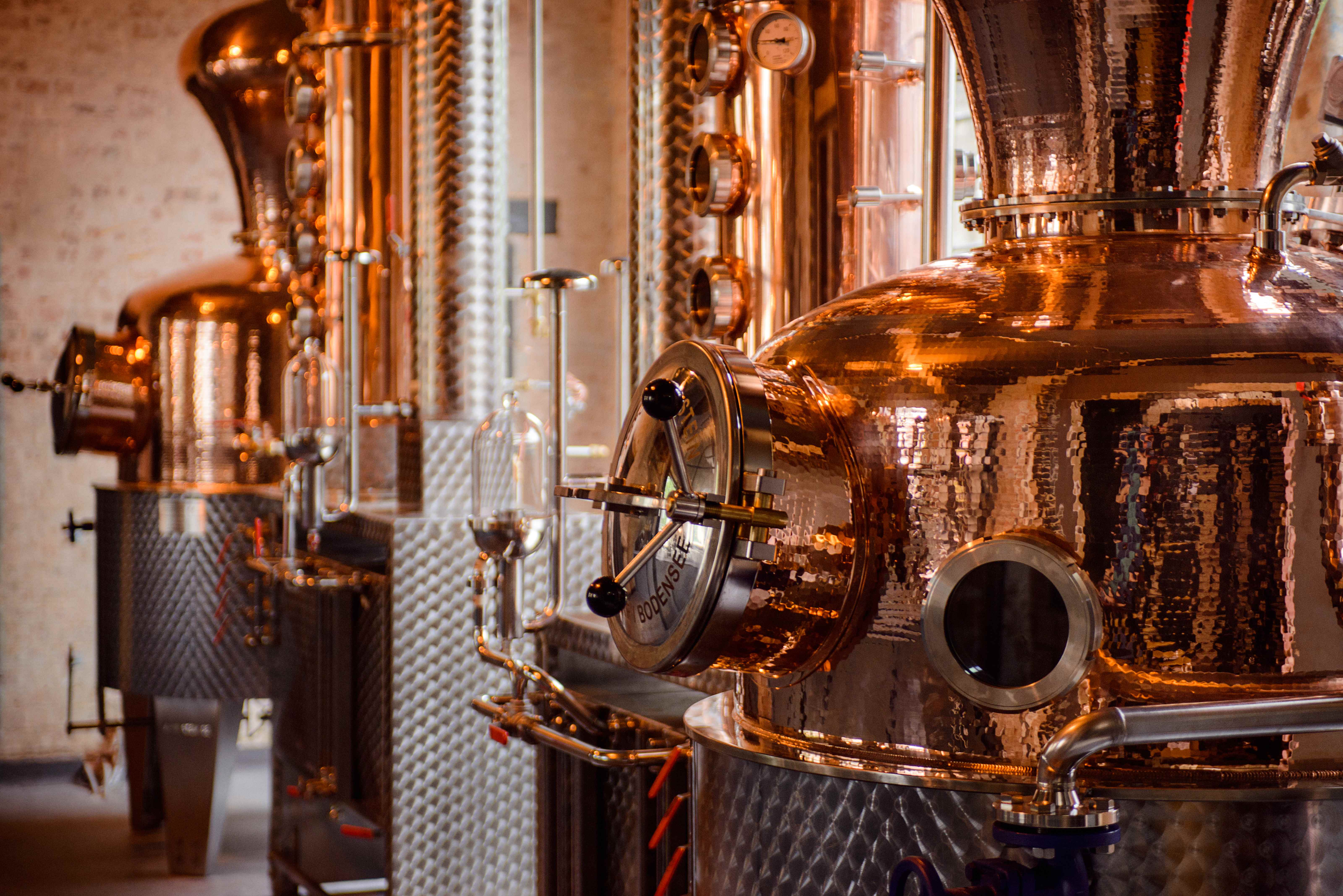
The Lakes Distillery, near Bassenthwaite in Cumbria, also fired up in 2014, releasing its first single malt in 2018 at a record price for one from a new distillery: £7,900 a bottle.
London is catching up fast. In 2018, The London Distillery Company of Bermondsey released the first single-malt whisky from the capital for more than 100 years and it has a 100% rye whiskey at 54.3%, which has rested in new English (yes, English, not American or French) oak barrels.
These were followed by the East London Liquor Company in Bow Wharf, which launched its first rye whisky in late 2018. Pricing is likely to be at £60–£70 a bottle when it’s offered to the general public this summer. Other distilleries to watch out for include Isle of Wight Distillery (2015), Spirit of Yorkshire (2016), Copper Rivet Distillery of Kent (2017), Dartmoor Distillery (2017) and Durham Distillery (2018). Still more are hiding in the wings, but there are dangers for English whisky.
Dawn Davies of The Whisky Exchange worries about occasional greedy pricing – with some first-release bottles issued at hundreds or thousands of pounds – and the over-use of new oak barrels, leading to vanilla-scented whiskies with little complexity.
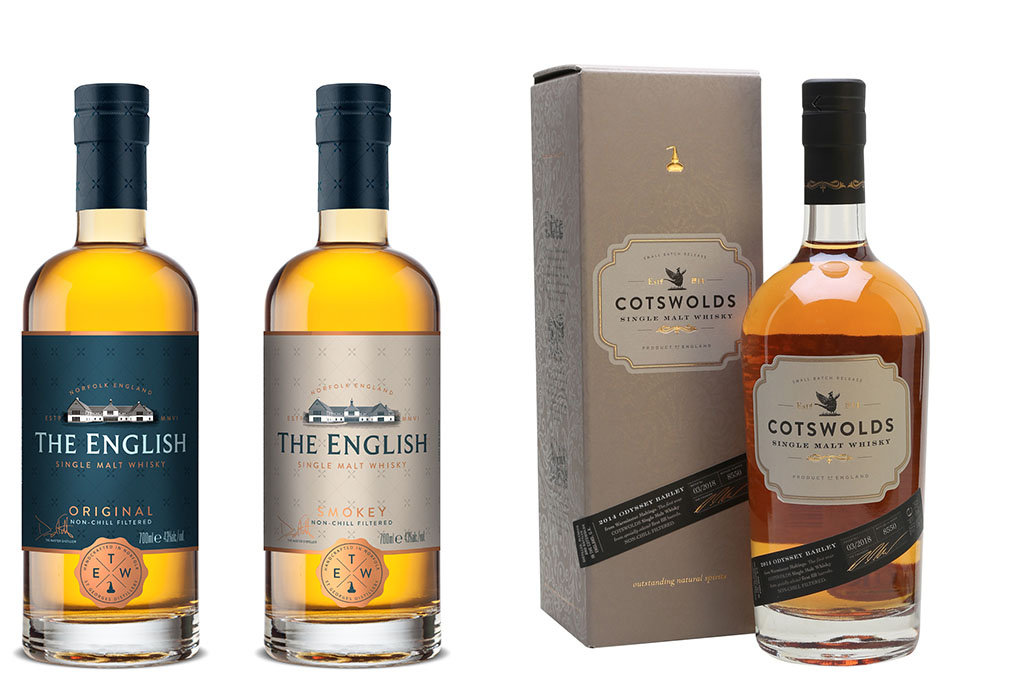
The concerns of Guy Hodcroft of Master of Malt include whiskies being released too early, before they’ve gained character and complexity, and about the lack of regulations to keep fly-by-nights in check.
Both of them are, however, positive that English whisky can differentiate itself from Scotch and find its own identity, with many styles already available. Experimentation is rife and distillers are bringing the same sort of intellectual madness to English whisky as brewers did to revitalising the UK’s burgeoning beer scene. Given time, English whisky could well be the next big thing.
Six to try
- Cotswolds single malt 2014, 46%. Orange peel, honey, oak and a lick of demerara, made with 100% floor-malted barley. £44.95, www.cotswoldsdistillery.com.
- The English Original Single Malt, 43%. Understated and welcoming, with sweet oak and creamy walnuts. £39.99, www.englishwhisky.co.uk.
- Spirit of Yorkshire’s Maturing Malt ‘004’, 46%. Innovation! Not yet a whisky. Caramel, orange and roasted nuts. £39.95 for 70cl, www.spiritofyorkshire.com
- Copper Rivet’s Son of a Gun, 47.4%. 120-day-old not-yet-whisky of wheat, barley and rye, from a pot still. Honey, oats, raisins and kumquat. £32, www.copperrivetdistillery.com.
- Bimber Distillery, 47.9%–63.5%. 30-month-old not-yet-whiskies from different casks. £39 for six 5cl, www.bimberdistillery.co.uk.
- Sacred Peated English Whisky, 48%. Norfolk whisky further matured in sherry casks in London. Smoke, sea salt, pineapple, clove, vanilla and Christmas cake. £47.95 for 70cl, www.sacredgin.com.
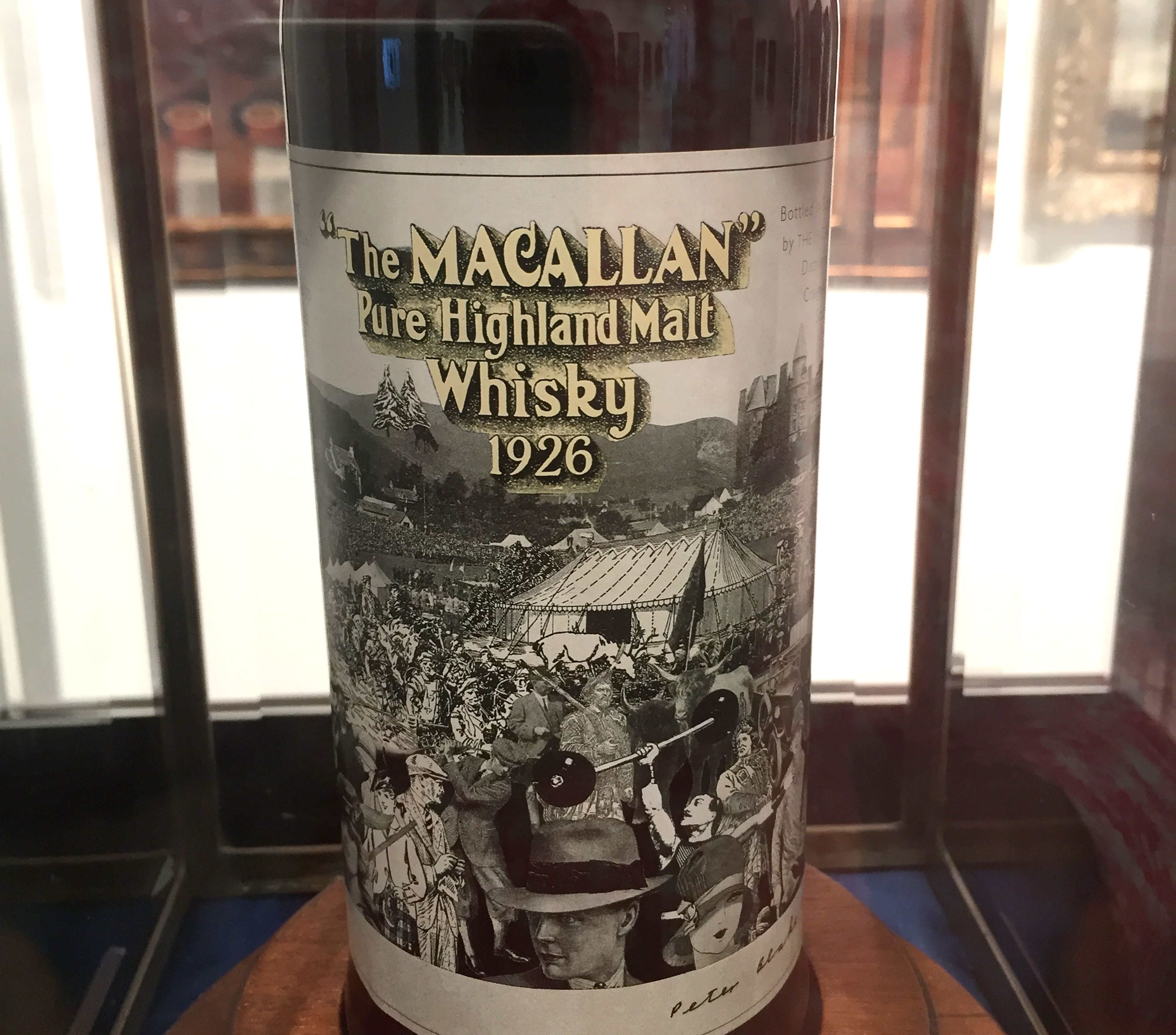
The extraordinary rise of single malt Scotch whisky – and how 2018's £1m bottle will likely be be the first of many

10 glorious vineyards for sale across the world
Leaving the job behind and taking on a vineyard needn't just be a pipe dream – there are vineyards for sale
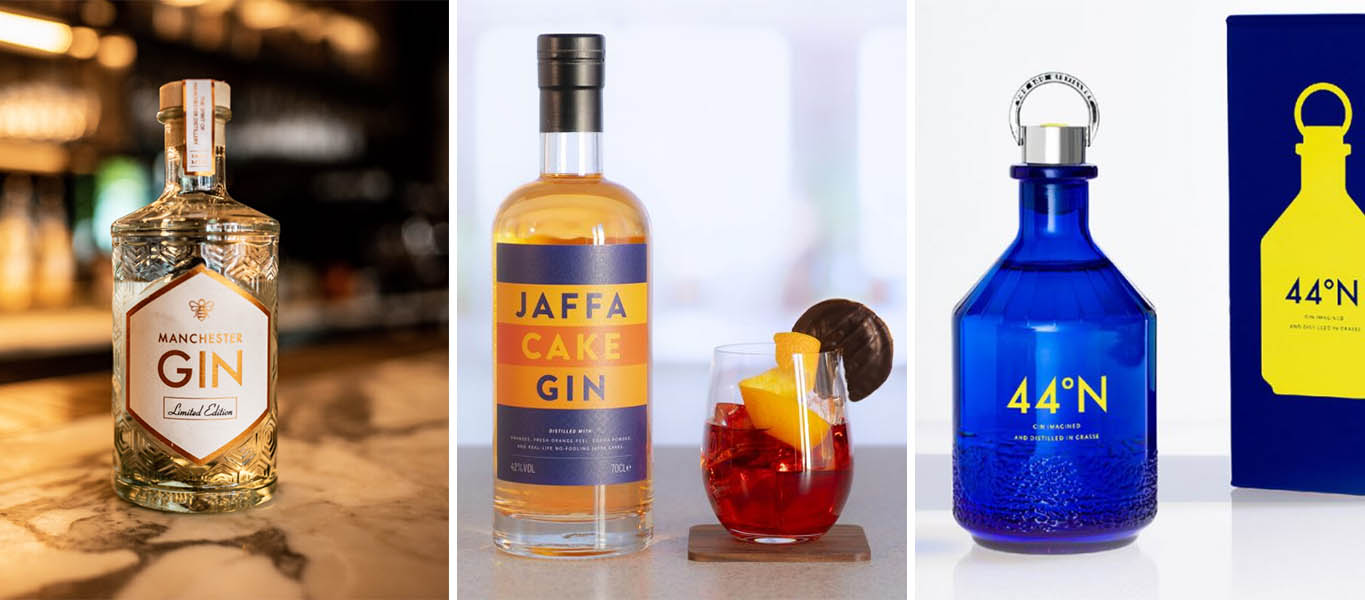
11 of the best gins to buy this Christmas
Our Christmas gin special includes some of our favourites available right now.
Country Life is unlike any other magazine: the only glossy weekly on the newsstand and the only magazine that has been guest-edited by HRH The King not once, but twice. It is a celebration of modern rural life and all its diverse joys and pleasures — that was first published in Queen Victoria's Diamond Jubilee year. Our eclectic mixture of witty and informative content — from the most up-to-date property news and commentary and a coveted glimpse inside some of the UK's best houses and gardens, to gardening, the arts and interior design, written by experts in their field — still cannot be found in print or online, anywhere else.
-
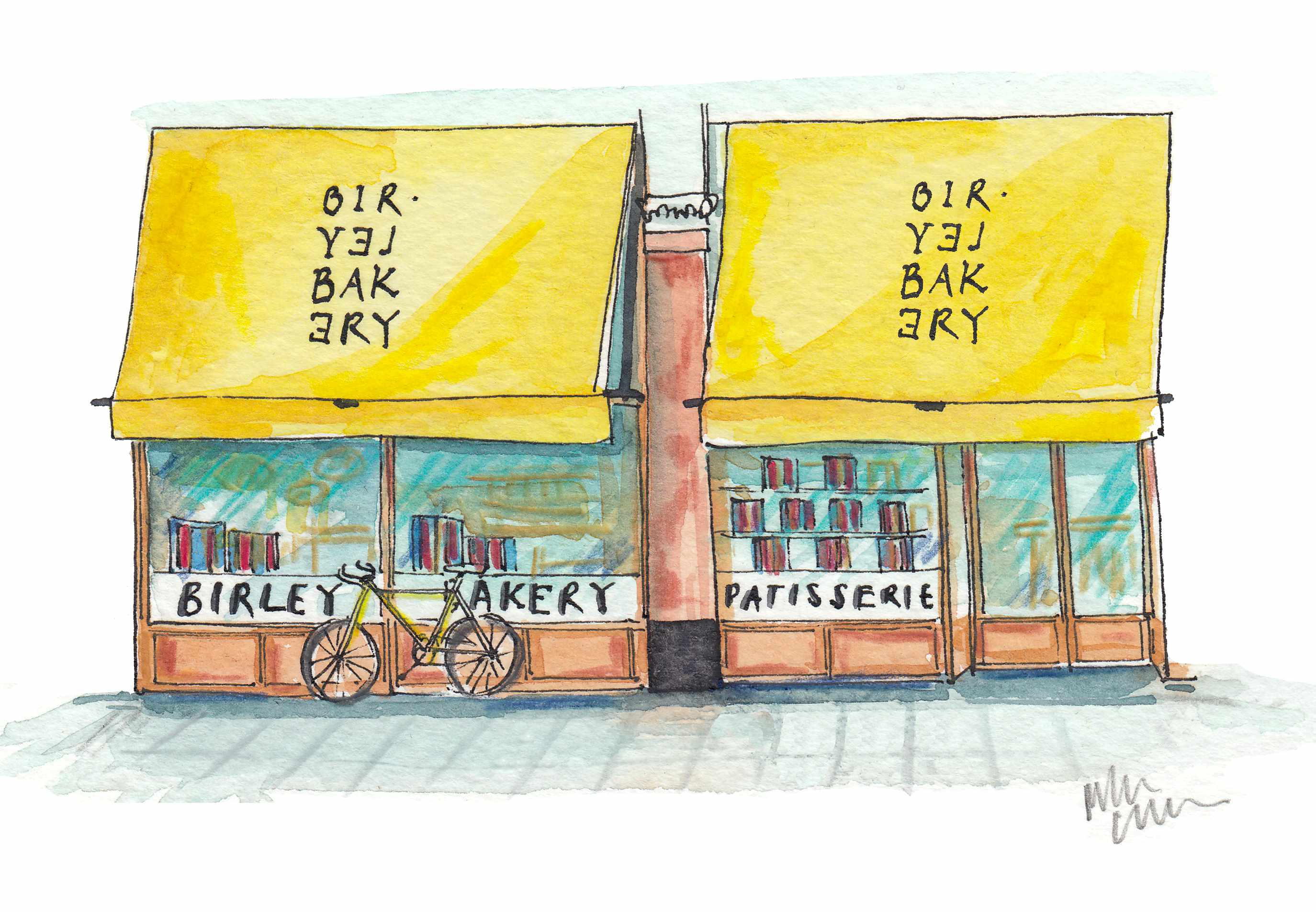 'That’s the real recipe for creating emotion': Birley Bakery's Vincent Zanardi's consuming passions
'That’s the real recipe for creating emotion': Birley Bakery's Vincent Zanardi's consuming passionsVincent Zanardi reveals the present from his grandfather that he'd never sell and his most memorable meal.
By Rosie Paterson
-
 The Business Class product that spawned a generation of knock-offs: What it’s like to fly in Qatar Airways’ Qsuite cabin
The Business Class product that spawned a generation of knock-offs: What it’s like to fly in Qatar Airways’ Qsuite cabinQatar Airways’ Qsuite cabin has been setting the standard for Business Class travel since it was introduced in 2017.
By Rosie Paterson
-
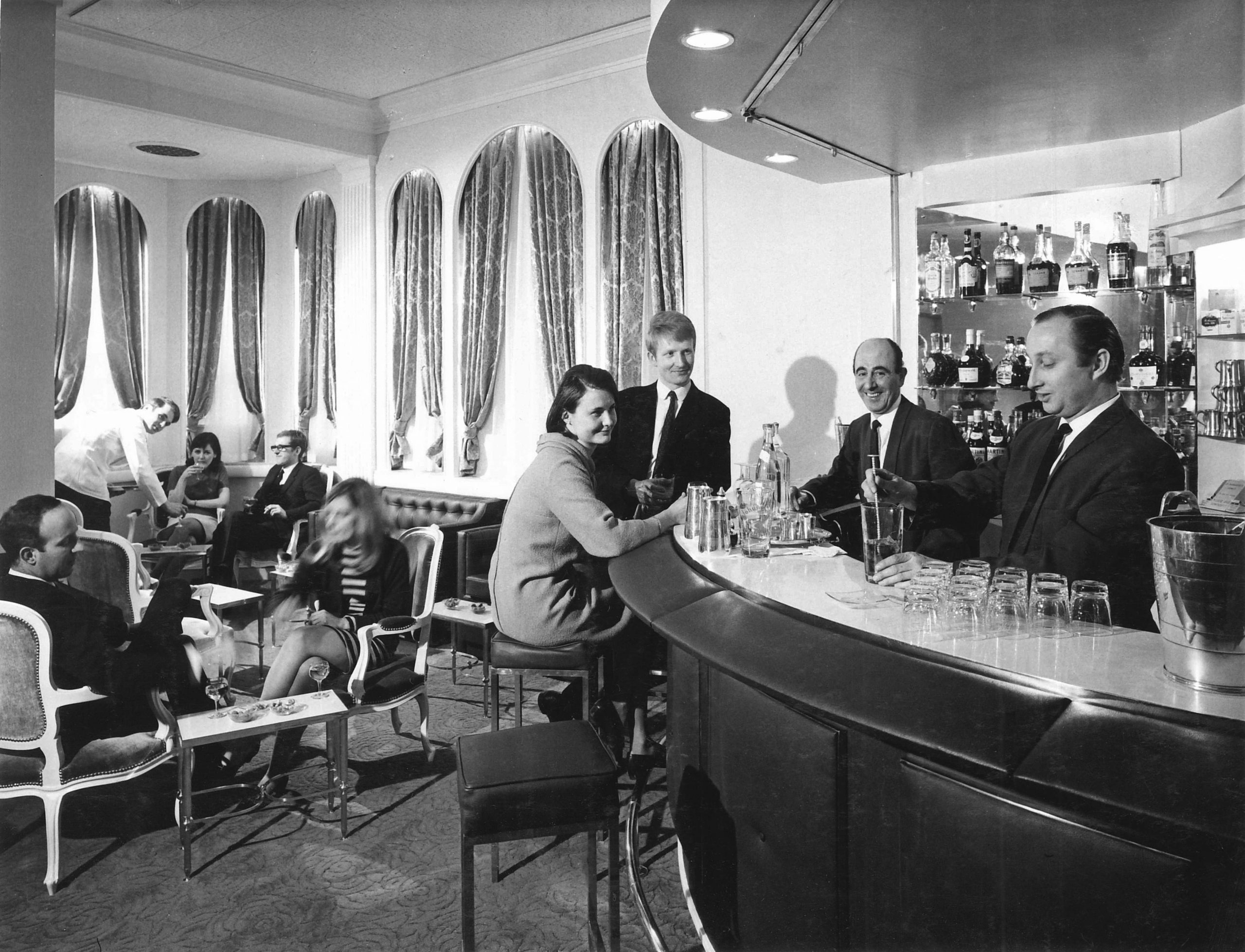 The iconic American bars in London perfect for lifting a Thanksgiving cocktail
The iconic American bars in London perfect for lifting a Thanksgiving cocktailGlamorous American bars were once a familiar sight in London, catering to US and British citizens alike, but only two of the historic ones remain. On the eve of Thanksgiving, Robert Crossan goes in search of both.
By Rob Crossan
-
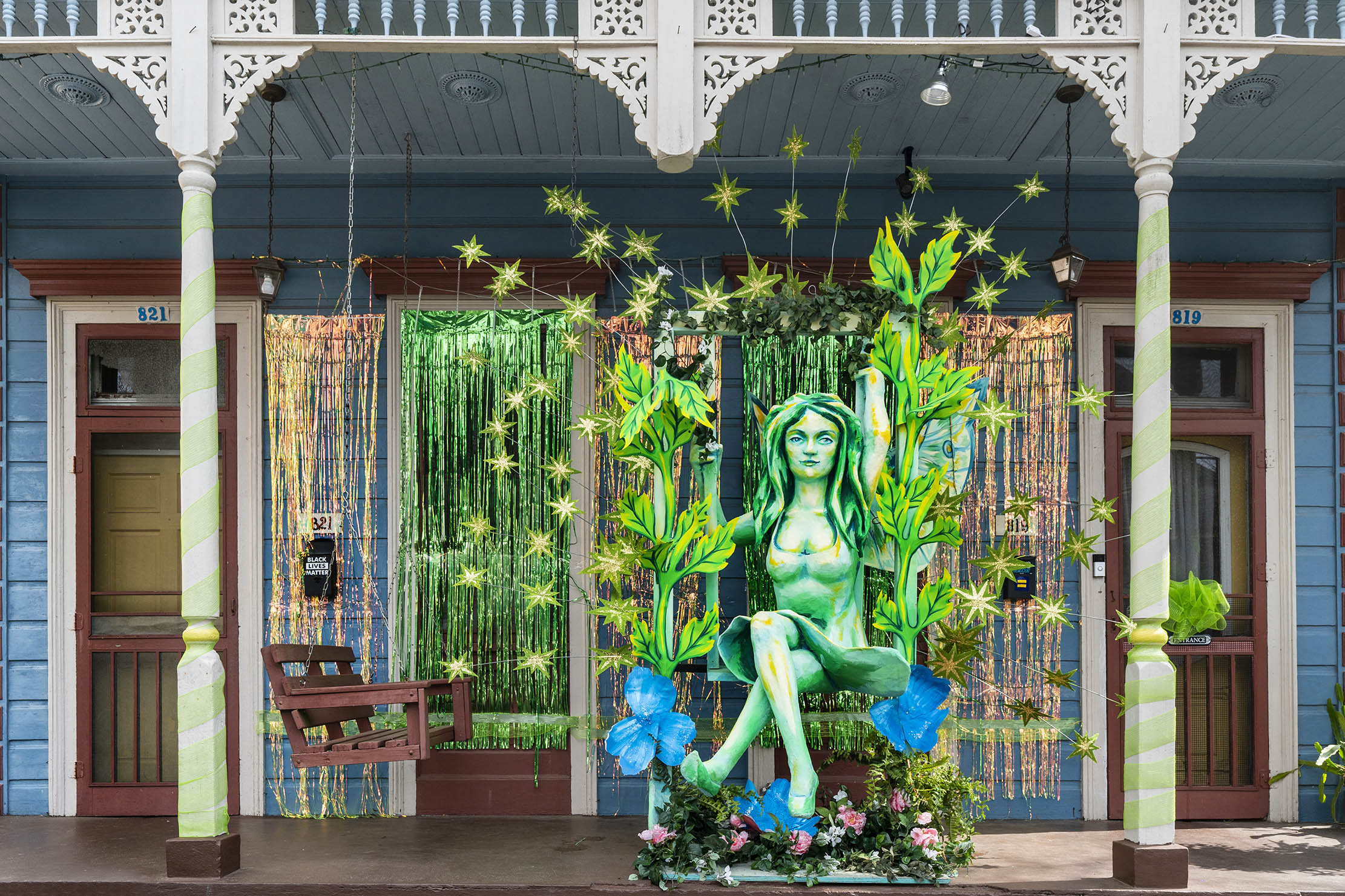 Curious Questions: Why was absinthe banned?
Curious Questions: Why was absinthe banned?Absinthe is almost unique among alcoholic spirits for having been outlawed in even some of the world's most liberal countries — but how did that happen? Martin Fone traces back the story to find the tales of debauchery, hallucination and even murder that once gave the drink its bad name — and looks at how it's returned to prominence.
By Martin Fone
-
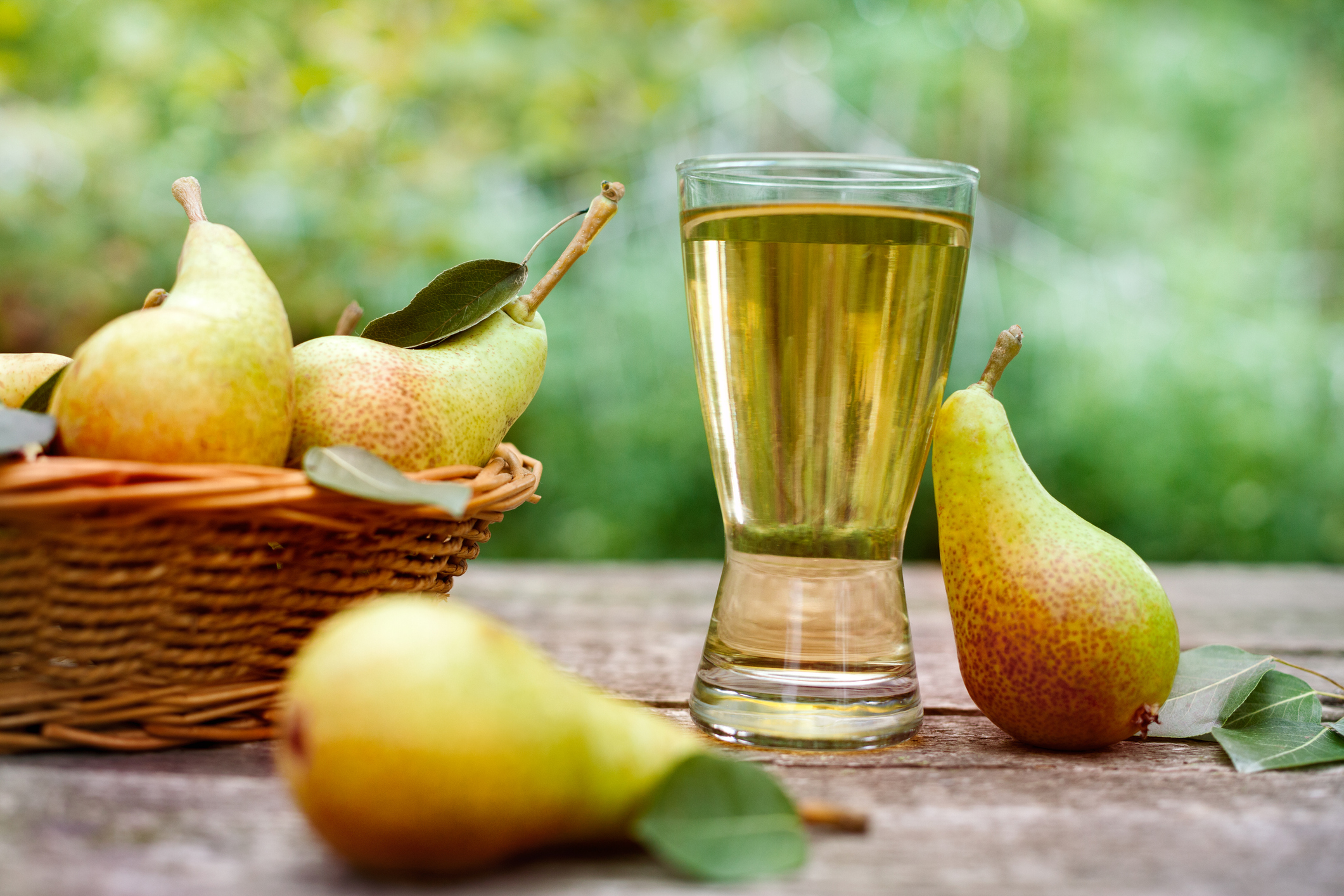 Perry: The pear cider dubbed 'the English champagne' that's been an English passion for centuries
Perry: The pear cider dubbed 'the English champagne' that's been an English passion for centuriesNot to be confused with cider, the art of perry-making is more than a craft — it’s an English passion. Ben Lerwill meets some of our best producers of fermented pear juice.
By Ben Lerwill
-
 Seven of the best non-alcoholic spirits to help get you through Dry January
Seven of the best non-alcoholic spirits to help get you through Dry JanuaryWhether you’re doing it for health reasons or simply for a New Year’s challenge, giving up alcohol isn’t necessarily all that easy. To help you on your way, the Country Life office put a variety of non-alcoholic spirits to the test. Here’s what we found.
By Rosie Paterson
-
 Hangover cures from some of Britain's greatest writers
Hangover cures from some of Britain's greatest writersFrom Hemingway to Wodehouse, we reveal the hangover remedies of literary greats.
By Emma Hughes
-
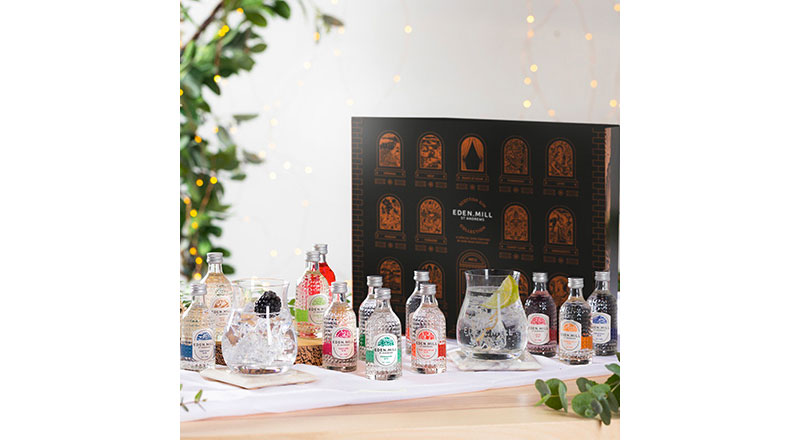 Christmas drinks gift guide: Best gin, best whisky, beer and more for the festive season
Christmas drinks gift guide: Best gin, best whisky, beer and more for the festive seasonWhether you're keen to pour your own draft beer, drink Cotswolds whisky or enjoy a raft of different gins, we've got you covered.
By Toby Keel
-
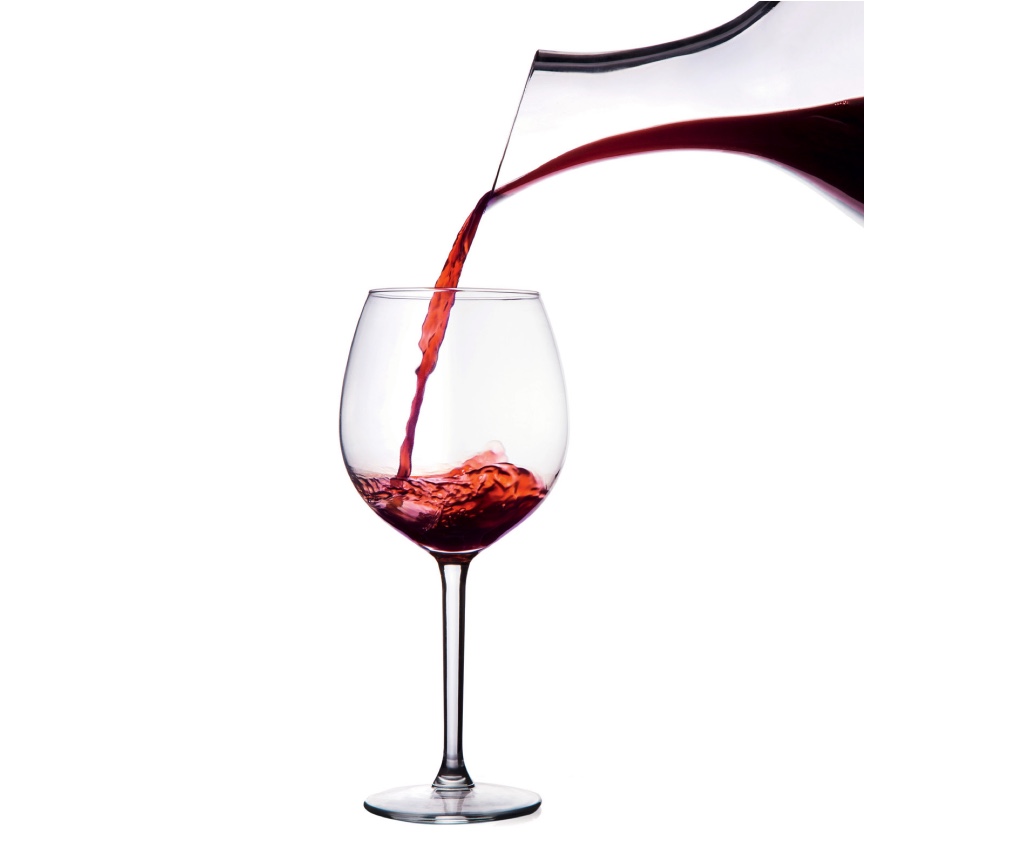 How to decant wine — and why
How to decant wine — and whyIs your decanter gathering dust at the back of a cupboard? If so, says Harry Eyres, it’s high time you started using it to breathe more life into your wine.
By Harry Eyres
-
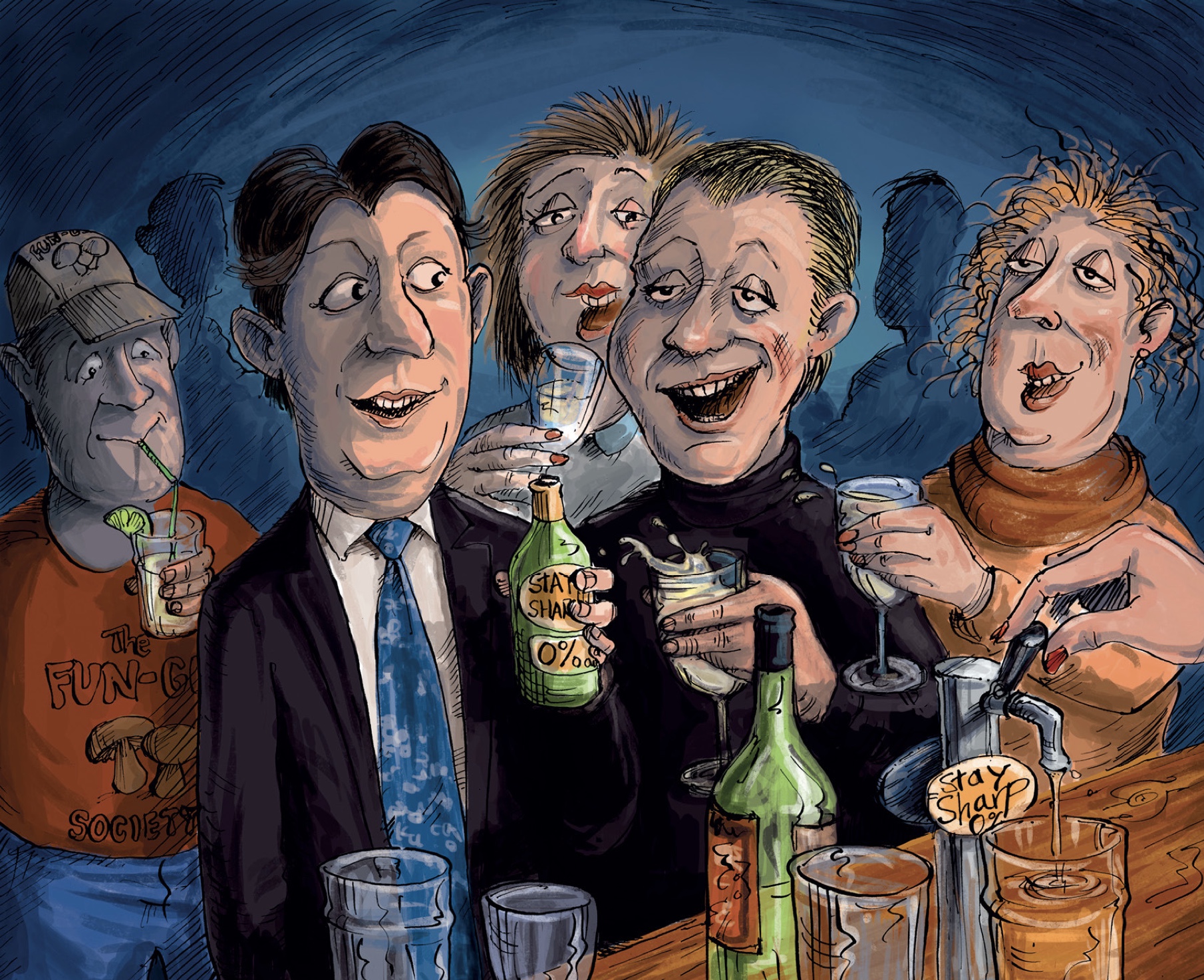 Curious Questions: What is it REALLY like giving up alcohol for a lifelong lover of fine wine?
Curious Questions: What is it REALLY like giving up alcohol for a lifelong lover of fine wine?Sobriety is easier and more interesting than it used to be, finds Giles Kime, who has spent the past year exploring the unanticipated delights of alcohol-free beer.
By Giles Kime